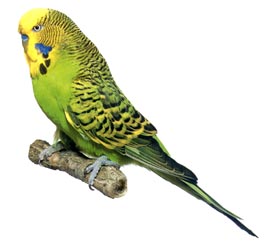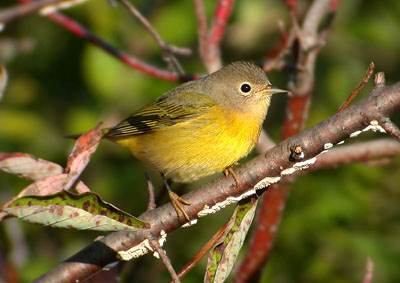
If you are thinking about getting a new pet bird at home for the first time, it may pay off to do a little research before you buy a bird. The reason is that different species have different personalities and maintenance requirements – some birds are just harder to keep than others. So you don’t want to get stuck with an powerful large noisy bird who may live up to 60 years during your first attempt!
So we have done some of the hard work for you and short-listed some of the most common breeds people generally get.

Parakeets / Budgies
- Cheap and easy-to-find
- Friendly and affectionate, like to interact with human
- Small in size, and easy to maintain (even in apartments)
- Comes in a range of beautiful colours
- Very intelligent for the size, can talk over a hundred words if taught well

Love bird
- Cheap and easy-to-find
- Small in size, and fairly quiet breed (great for small homes or apartments)
- Not particularly affectionate to human, good for those who don’t always have time to interact with the bird
- Best to be kept in pairs (or more)
- Sweet voice and ability to make lots of sounds

Eclectus Parrots
- More expensive (from several hundred dollars)
- Generally for experienced owners
- Very striking medium/large size parrots
- Relatively quiet but good talker
- If trained from young age, they are good with kids despite large size

Macaws
- More expensive (from several hundred dollars)
- Generally for experienced owners
- Can live up to 60 years (so think carefully because you get one)
- Large size parrots, you would need a large cage and they need to let out from the cage regularly
- Impressive size and colour
- Very intelligent and will seek attention
- Can be loud and become grumpy with age, hard-core chewer
- Generally not suitable for children
















 Because the Aplomado is such a specialised flying falcon, much of the prey it catches are birds. In fact about 90 percent are small birds. This species is incredibly intelligent and like the
Because the Aplomado is such a specialised flying falcon, much of the prey it catches are birds. In fact about 90 percent are small birds. This species is incredibly intelligent and like the 






